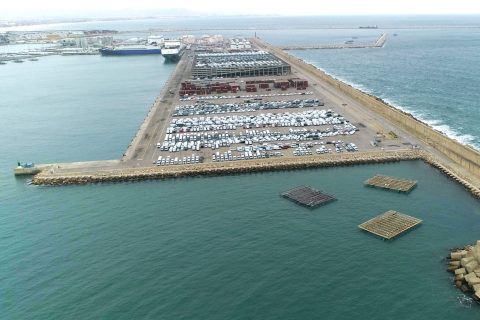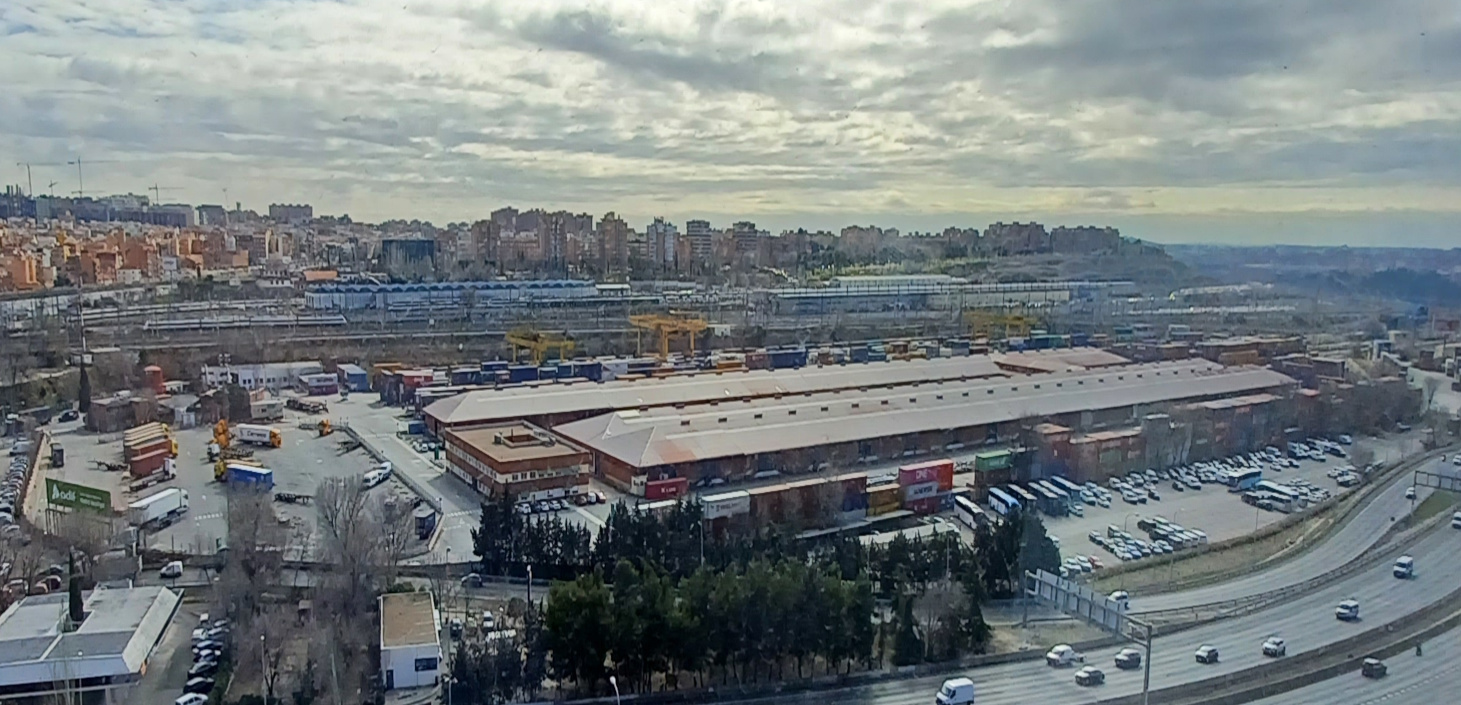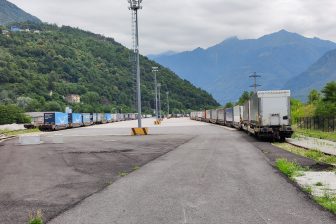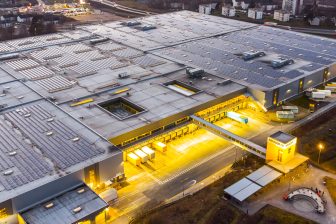
Valencia-Madrid Rolling Highway to be operational in 2024
A new Rolling Highway service between Madrid and Valencia, suitable for non-cranable semi-trailers, will be in service at the beginning 2024. The initiative is carried out by Tramesa, from Spain, and TransItalia, from Italy, both logistics operators, and is expected to boost the shift to rail for semi-trailers coming from Italy via sea. The Rolling Highway will be operated by Medway.
TransItalia invested in the acquisition of P400 semi-trailers, as Spanish maritime media outlet Naucher mentioned. On the other hand, Tramesa funded the purchase of T4000 wagons and will also acquire the gantry crane that will be placed at the port of Valencia. One of the main issues with transporting non-cranables in Spain is the lack of available rolling stock due to the gauge difference with most of the rest of Europe.
Not only Tramesa and TransItalia
Other than Tramesa and TransItalia, the initiative sees the participation of various Spanish public entities. The Ministry of Transport, Mobility, and Urban Agenda included the project in its strategy plan, while the country’s infrastructure manager Adif will adapt the network for semi-trailers transportation. The port of Valencia, in addition, will upgrade the railway terminal in the Eastern Dock, where the gantry crane will be installed and will be the starting point of the Rolling Highway. The other end will be the Abroñigal terminal in the heart of Spain’s capital Madrid, which will be managed by a joint venture between Renfe and Tramesa.

Is VTG involved?
It is not clear who the wagons and semi-trailers will be provided by. However, in June, German wagon leasing and logistics providing company VTG announced the purchase of 200 new T4000 pocket wagons suitable for the Iberian gauge. The first batch should be delivered in September, but it is not known whether they will be deployed for this project.
Back then, Carlos Omaña, Director of Operations for VTG in Spain, said that this move aimed at improving international rail transport from Spain, prioritising lines where both gauges are present. The Valencia-Madrid railway line is an example of this since the traditional line has Iberian gauge, whereas the high-speed section, part of the Madrid-Levante line, has the international one.
Also read:



